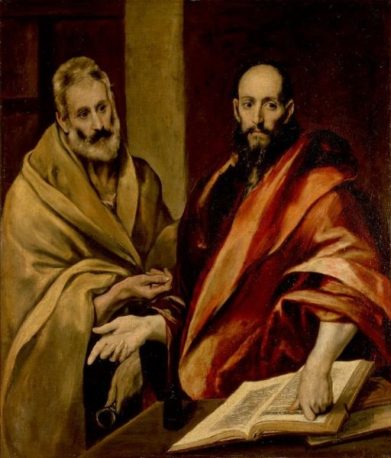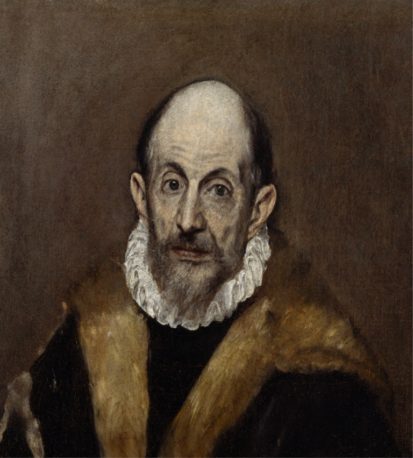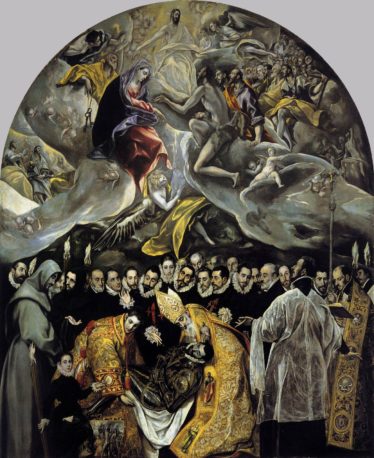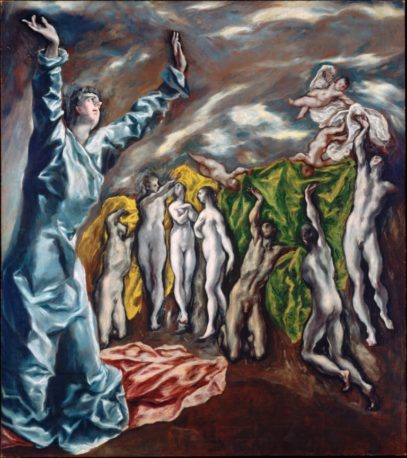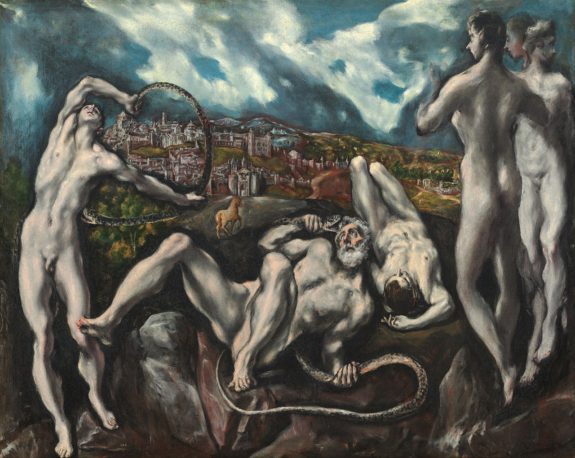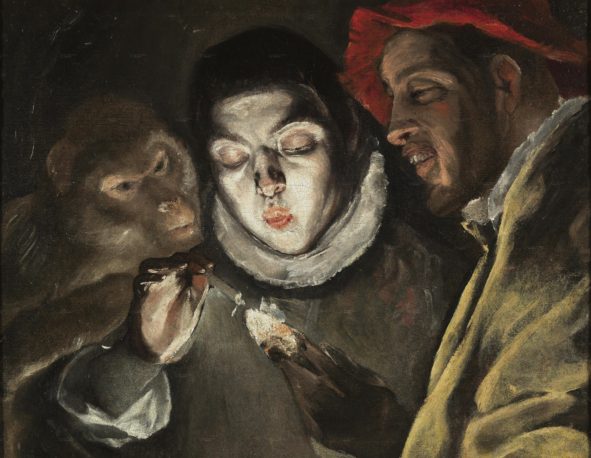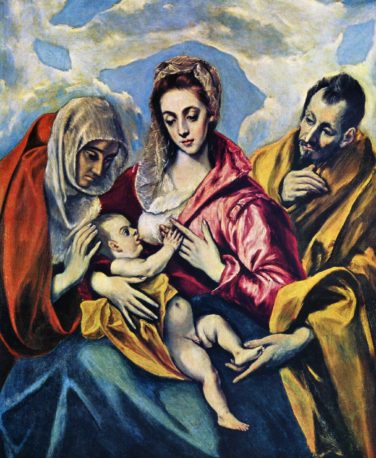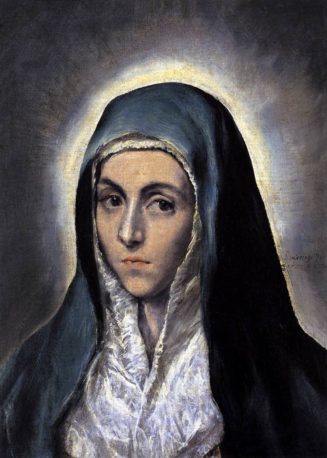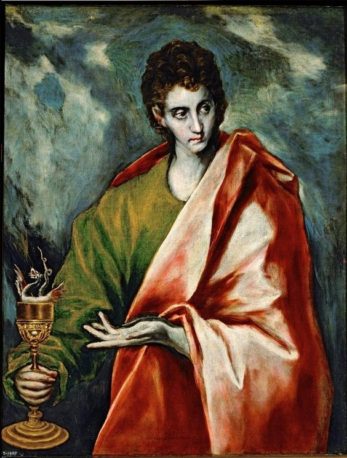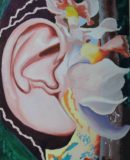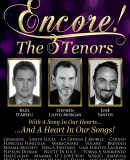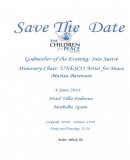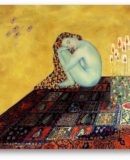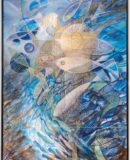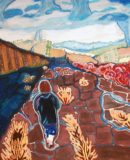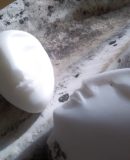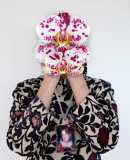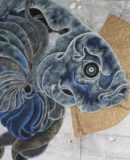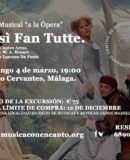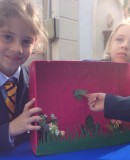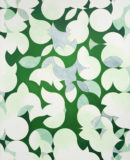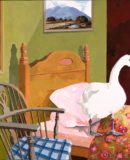World Fine Art Professionals and their Key-Pieces, 100 - El Greco
World Fine Art Professionals and their Key-Pieces, 100 – El Greco
One of the most important artists of Spain is a Greek: El Greco, the Greek. He was born as Kyriakos Theotokopoulos in 1541. His home village Fodele in Crete was part of the Venetian Republic.
During his training as a painter in Heraklion, it was called Candia, he learns the principles of the profession, according to the Byzantine tradition. Around 1566 he moves to the City of the Doges, Venice, where he paints icons in Byzantine style for the Greek community in the city.
To Rome
He studies with the old Titian, but he feels connected with Tintoretto and Caravaggio. He adheres to the rules of Mannerism which was en vogue, but does so in his own way, with increasing expressiveness and passion, which is strange to mannerism. He goes to Rome in 1570 and is impressed by Michelangelo.
Nevertheless, his view on the world continues to be medieval Byzantine. In that tradition, the aim is expression of spiritual emotion rather than correctness and accuracy of the display of the proper perspective.
The Counter-Reformation was at that time at its height and all religious art was strictly evaluated according to the rules of the Council of Trent. Each element that could be understood as profane / heretic was banned. Michelangelo’s Last Judgment did not meet the rules: it was too sensual. According to tradition El Greco would have offered to repaint some parts more decently.
Toledo
During his stay in Rome, in the years 1570-1572, he met several Spaniards and is lit by their enthusiasm. When he gets barely assignments for a while, he moves in 1577 to Spain. In Toledo, he comes to full development. His combination of medieval spirit and Italian aesthetics enters into a dialogue with the Spanish mysticism.
El Greco, as he is now called, develops his own ascetic style with unusual color combinations, strong contrast and elongated figures. Toledo was Spain’s ecclesiastical capital and an international center. El Greco quickly finds friends and clients. For decades he is free in his own empire, throughout Spain, none equaled him.
He made the famous work ‘The Burial of Count Orgaz’. The composition he divided into two parts, the lower half shows the funeral and the upper the reception of the Count’s soul in heaven. The down side is bleak, the top side one and all bliss. El Greco became more introvert over the years, he tried to get in touch with God.
His style will change. The figures were striving upwards, became narrower, and the color was harder. The landscape got a mystical atmosphere. It appealed enormously to the imagination of the Spaniards, especially the supernatural sunlight emerging from behind unraveling clouds.
In 1614 El Greco, ‘The Light of the Arts’ (Cervantes), died in Toledo as a fortunate man. He left an extensive oeuvre, partly co-productions with his son Manuel Theotokopoulos and other colleagues.
With his art El Greco wanted to uplift the spirit above everyday sensory perceptions. St. Teresa did the same. Where her transcendental experiences yielded concrete images, it was more ethereal in El Greco’s case. The Greek word ‘aither’ literally means ‘air of heaven’.
Picasso and Pollock
After his death interest for his work disappeared, until the 19th century. The artists of impressionism and expressionism were enthused by the work. He later inspired Picasso and Jackson Pollock. Since the 19th century El Greco is a permanent part of not only Spanish painting, but also the canon of European classical painting.
Disclaimer: The views, opinions and positions expressed within this guest article are those of the author Walter van Teeffelen alone and do not represent those of the Marbella Marbella website. The accuracy, completeness and validity of any statements made within this article are not guaranteed. We accept no liability for any errors, omissions or representations. The copyright of this content belongs to Walter van Teeffelen and any liability with regards to infringement of intellectual property rights remains with the author.


